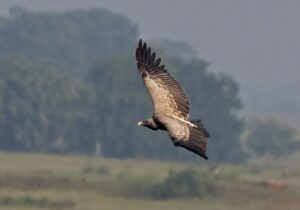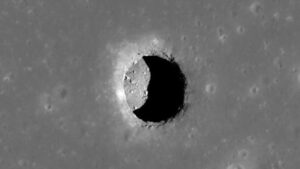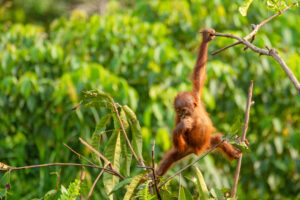A passion for the natural world drives many of our adventures. And when we’re not outside, we love delving into discoveries about the places we live and travel. Here are some of the best natural history links we’ve found this week.
How living on Mars would warp the human body: Researchers are trying to figure out what would happen to the human body if we made it to Mars. There are a huge number of variables to consider.
Anesthesiologist Dr. Kevin Fong, who works with NASA, says the effects of space travel on the body can be split into two categories: the journey to Mars, and being on the planet.
“When you’re moving between two celestial objects, you’re falling between them. It leaves your physiology to make adaptations. Your bones waste, your muscles waste, your heart de-conditions to a certain degree.”
This happens to astronauts who experience weightlessness for a few weeks. It will take over seven months to get to Mars.
Researchers also worry that completely losing sight of Earth could cause mental health problems. If there was a problem with any of the space suits, then the cold would freeze the astronaut to death while the low pressure would cause their blood to boil.
“All of these journeys away from Earth make you appreciate what you have here,” Fong said.
Bornean mystery monkeys
Rare hybrid ‘mystery monkey’ in Borneo: Six years ago, a tour guide spotted a monkey he had never seen before. The primate had the coloring of silvered leaf monkeys and the nose of a proboscis monkey.
Researchers think the monkey is a rare hybrid. Hybridization between species is very unusual in the wild, and scientists are worried. “This kind of cross-genera hybridization happens only when there is some ecological pressure,” primatologist Dr. Ruppert explained.
The area around the Kinabatangan River has lost 40% of its forest cover in less than a half-century. The lack of space is forcing monkeys into smaller habitats and increasing competition. The larger male proboscis monkey can easily out-compete the silvered leaf monkey. Cameras have caught a male proboscis monkey mating with a female silvered leaf monkey, and guides report one male with an entire troop of females.

Photo: Shutterstock
What came first: the chicken or the egg?: An age-old conundrum and one that has baffled curious scientists. Most believe an egg came first, but it turns out it might depend on the type of egg.
Eggs with a hard shell are a huge step in vertebrate evolution. Before hard shell eggs, vertebrates needed bodies of water to reproduce and needed to keep their eggs moist to survive. Hard-shelled eggs date back 325 million years. That’s “well before the chicken,” paleontologist Koen Smith said. But if you talk about chicken eggs specifically, it is a different story.
Modern chickens descended from red jungle fowl 50 million years ago. During their domestication, the last ancestor of modern chickens will have laid an egg that contained enough genetic differences to hatch a new species. This chicken will have had to reach adulthood before it could lay the first true chicken egg.
Trees shed light on Hittite Empire
Drought ended the Hittite Empire: The Hittite Empire spanned modern-day Turkey, Syria, and Iraq. They were one of the ancient world’s greatest powers.
Around 1200 BC, the civilization crumbled. They were part of a group of empires across the Middle East and eastern Mediterranean that fell during the Bronze Age. Theories as to why this happened have ranged from war to climate change.
Researchers have examined trees that were alive at the time and discovered a severe drought that lasted for three years. “There was likely near-complete crop failure for three consecutive years. The people most likely had food stores that would get them through a single year of drought. But when hit with three consecutive years, there was no food to sustain them,” anthropologist Brita Lorentzen explained.

The Ukaguru spiny-throated reed frog. Photo: Christoph Liedtke
Voiceless frog found in Tanzania: A new species of frog has been found in Africa. The Ukaguru spiny-throated reed frog is completely silent.
Only a few species of frogs are silent. Frogs normally use sound to recognize other individuals, but these frogs have another system.
“It’s a very odd group of frogs,” conservation biologist Lucinda Lawson said. “The male frogs don’t call as most other frogs do. We think they may use the spines as something like braille for species recognition.”
Conservationists first suspected a new species because the frogs were golden brown instead of the usual green. Genetic analysis confirmed that they were distinct.






